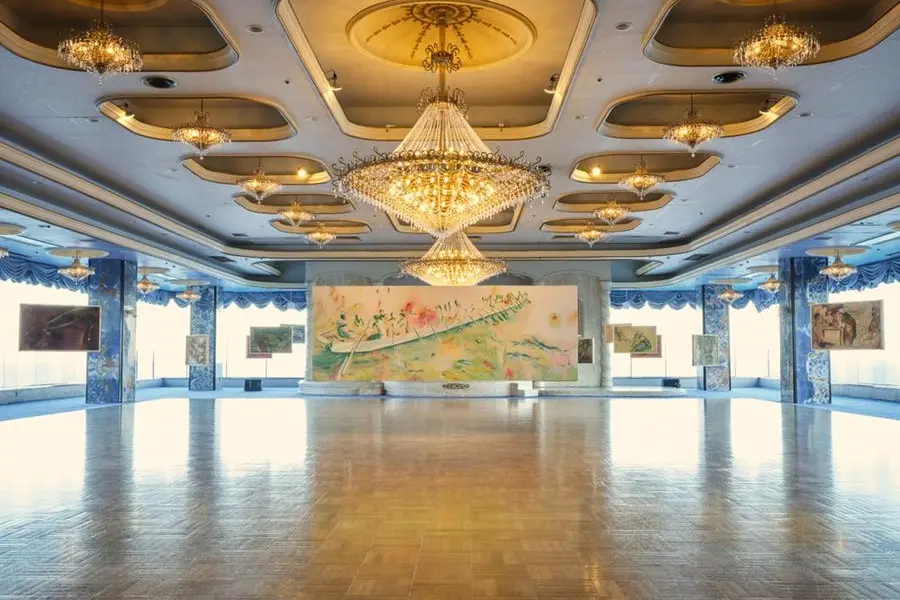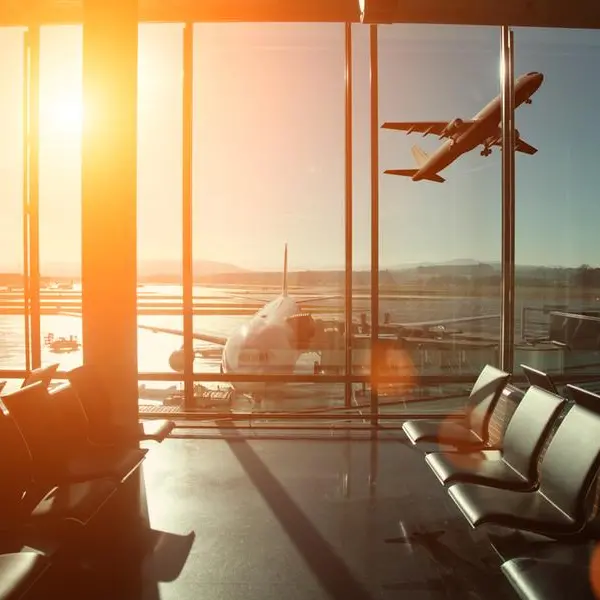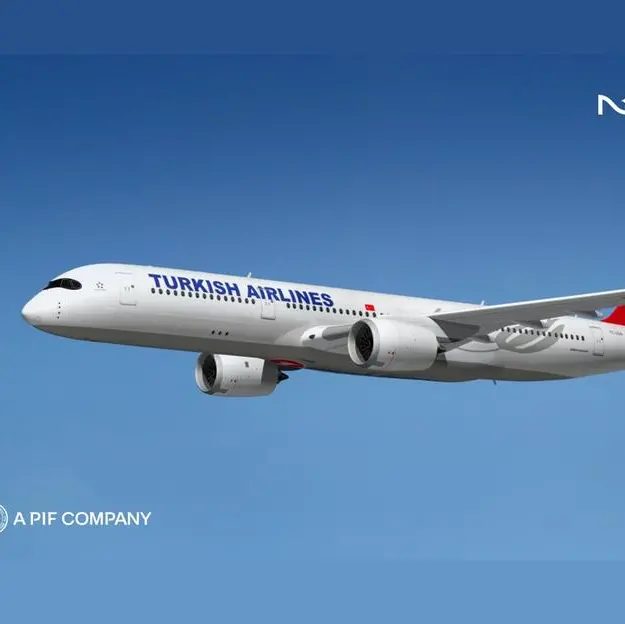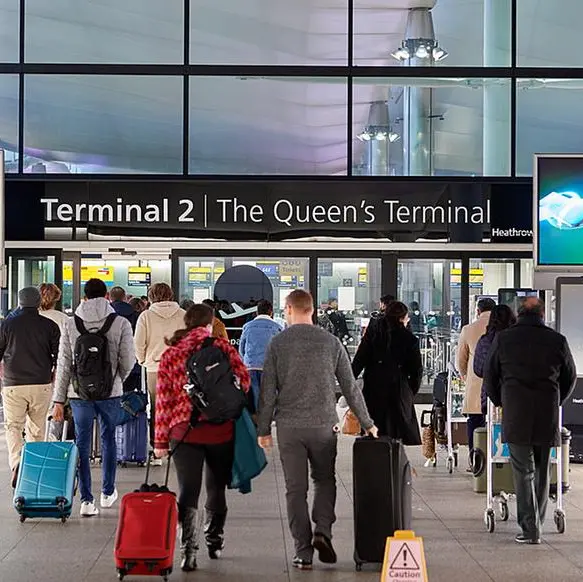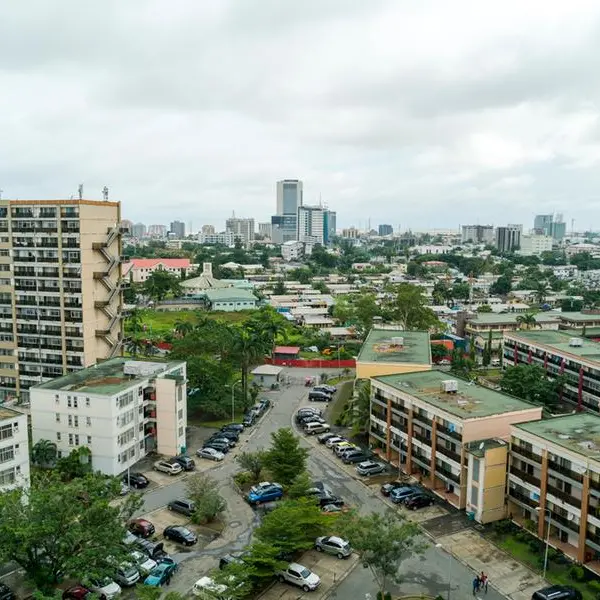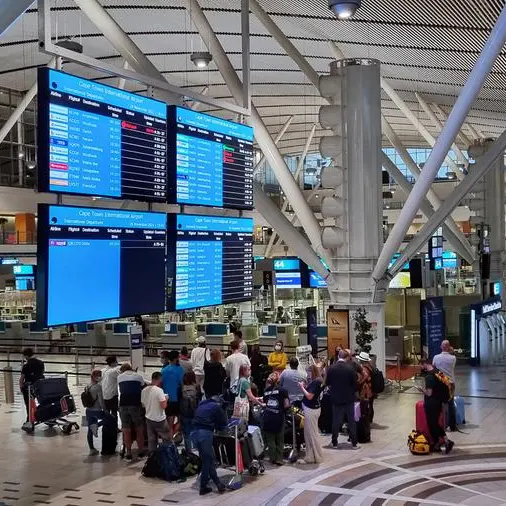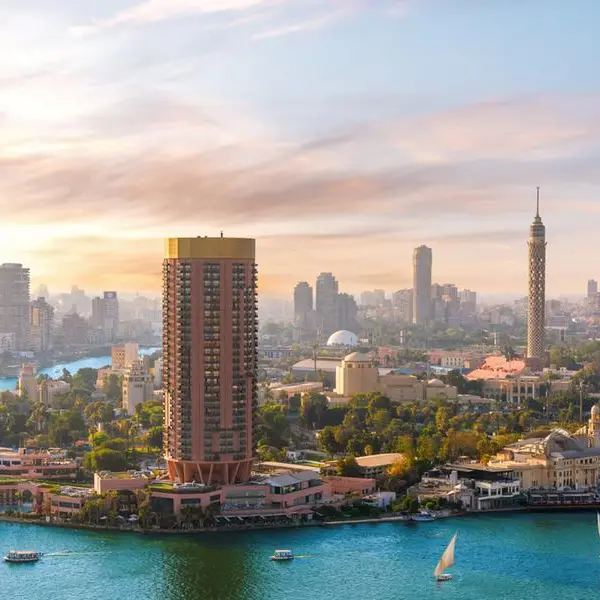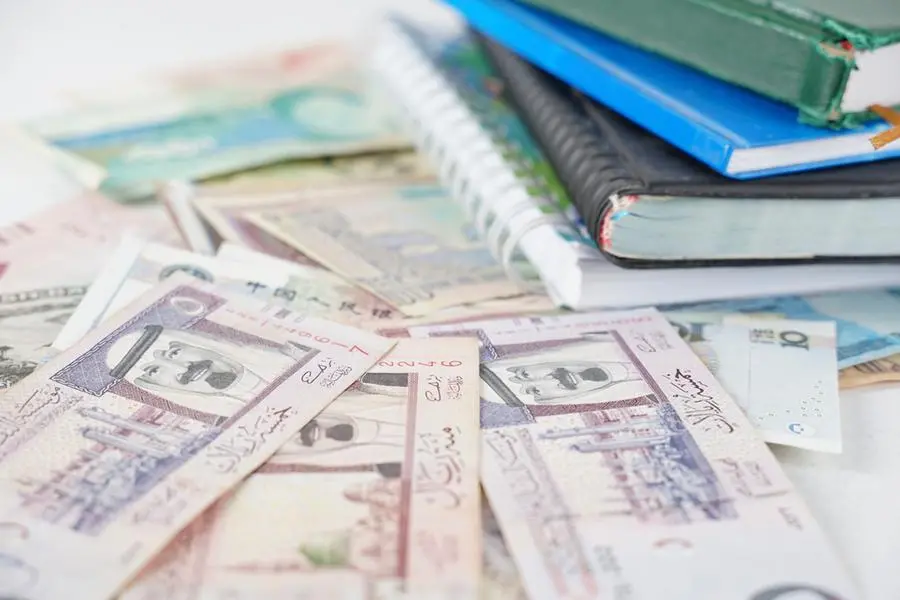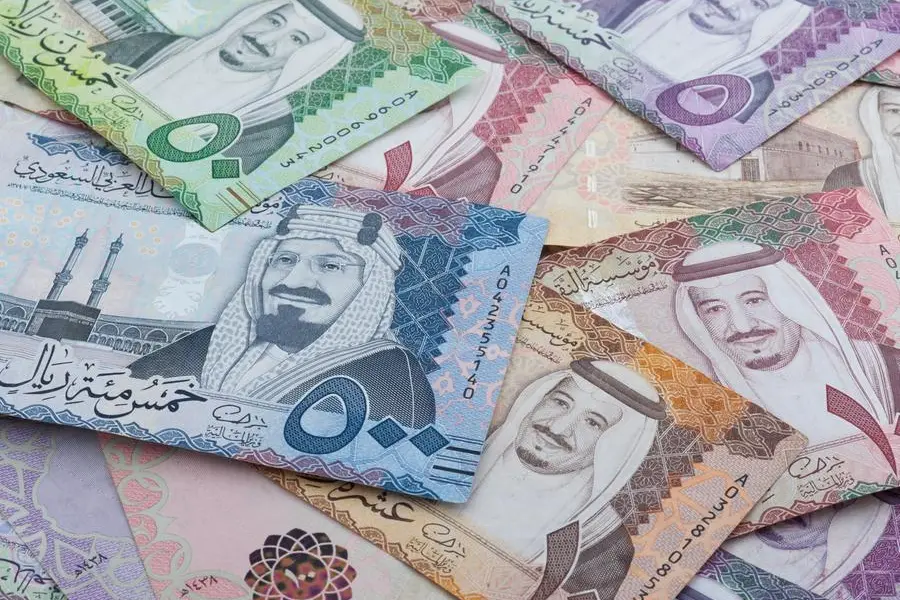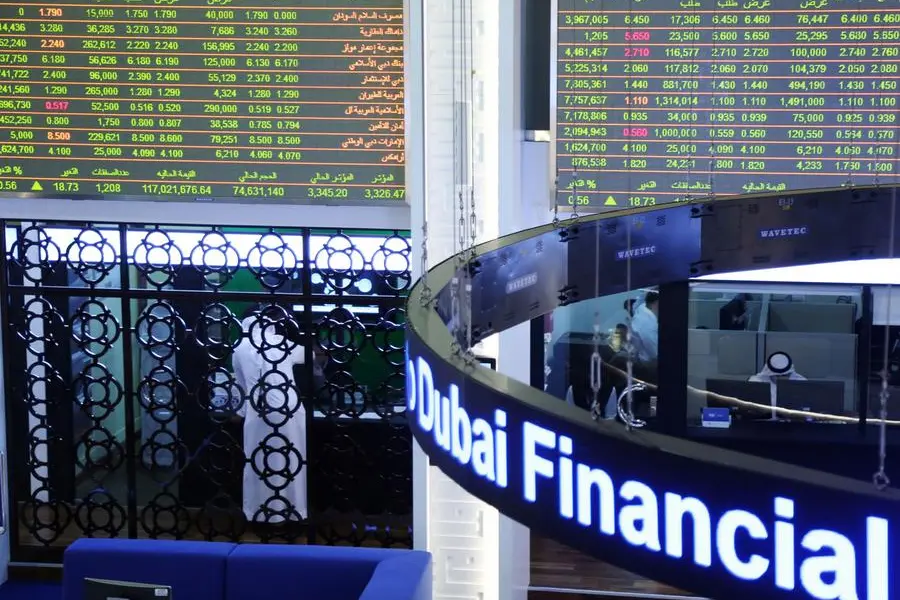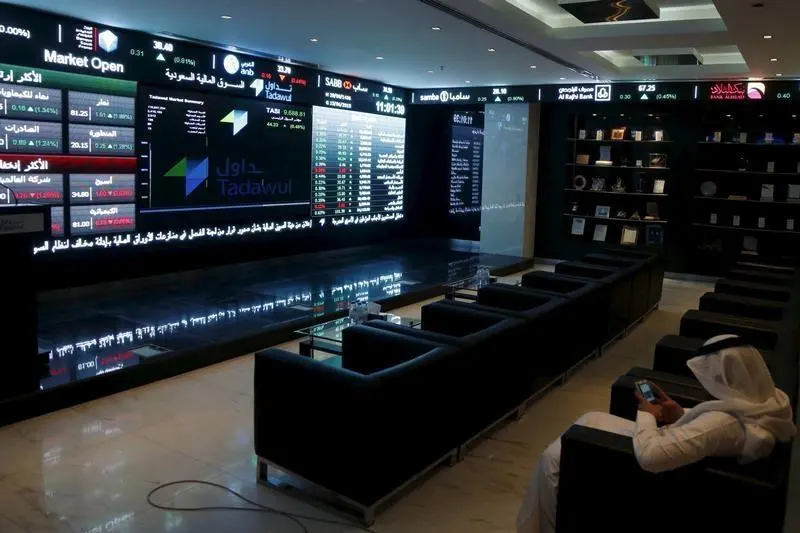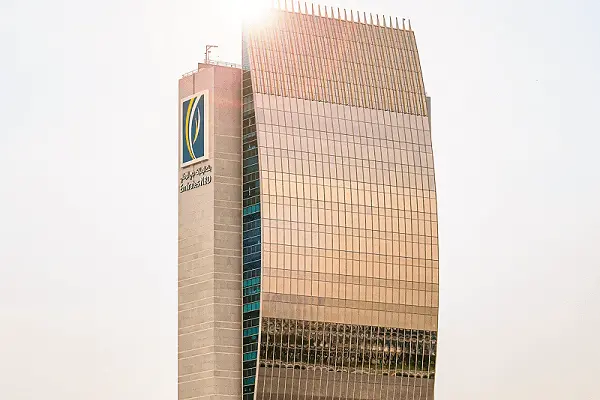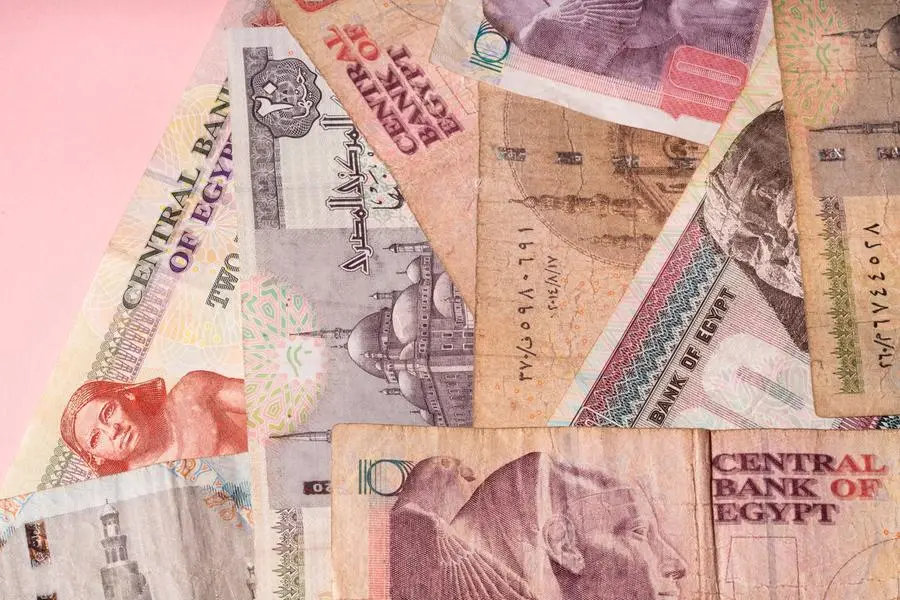PHOTO
A previous piece by Hashel Al Lamki called "Lucy" (2022) as seen at HOTEL ACAO ANNEX, Atami, Japan. Photo by Muramatsu. Courtesy of ATAMI ART GRANT 2022
Celebrated artists from both the United Arab Emirates and the Kingdom of Saudi Arabia are amongst those who have been shortlisted for the prestigious Richard Mille Art Prize, an accolade that comes with a $60,000 (AED 220,400) cash award.
The UAE’s Hashel Al Lamki and Saudi Arabia’s Alaa Tarabzouni, Sarah Brahim and Zahrah Al Ghamdi are up for the prize, held in collaboration with Louvre Abu Dhabi, which will also host the “Art Here 2023” exhibition, beginning 24 November, where all the artists will showcase their work.
They are joined by artists from countries including Kuwait (Farah Behbehani), India (Nabla Yahya) and Syria (Sawsan and Bahar Al Bahar) for the third edition of the accolade.
For the very first time, the Prize’s exhibition will take place outdoors under the dome at the Louvre Abu Dhabi, with artists creating installations that explore the dynamics of transparency through their unique perspectives.
FROM SAUDI TO THE LOUVRE
For Tarabzouni, making it to the shortlist of the Richard Mille Art Prize is the culmination of a decade-long active career in Saudi Arabia’s growing art scene.
An architect by practice, she’s also worked as an independent art curator, gallery director and senior adviser at the Saudi Ministry of Culture.
“I think [my experience] gave me a lot of empathy [with different players in the art scene],” says Tarabzouni in an interview with Zawya. “If I’m putting on a show for a gallery, I understand it can’t be ephemeral or too large for a home. Working with nonprofits and the public sector, you understand there’s a certain mandate and a goal to reach with your art.”
Regarding the transparency theme of the exhibition, Tarabzouni states she is drawing on her practice as an architect as well as on her extensive artistic experience.
“It’s an ambitious project because it’s stained glass – and this is really hard to work with,” she says. “It’s kind of the reverse side of architecture, the more sensitive side – it is not the built environment as in the materials and what they look like in the urban ecology; it’s more like the softer nuance of memory and home.”
Her nomination for the Richard Mille Art Prize came by sheer chance.
“I think I was always aware of the show and of the exhibition,” she says. “But I don't think I was aware it was an open call, so I had a friend over the summer who was like, ‘Oh, I think you should apply to this,’ and just sent me the link. And that was kind of the catalyst for it, so I quickly put together my application – and here we are.”
The installation, Tarabzouni believes, will be a turning point in her artistic journey.
“It feels a little bit vulnerable to be doing something at this scale for the first time alone, so I'm really excited for this kind of parallel chapter. So I’m just really honoured to be considered for it.”
BORN IN AL AIN, CITIZEN OF THE WORLD
Emirati artist Al Lamki’s passion for art since childhood has sent him globetrotting in search of education, knowledge and inspiration. Born and raised in Al Ain, he cites the city’s distinct cultural and urban landscape as inspiration for his work.
“I didn’t become an artist. I was already an artist from the get-go, so I had to follow that instinct and pursue my career,” he says. “It wasn't easy; I had to be away from family and in a new environment where I had to adapt and learn.”
Educated in New York, Al Lamki has worked on projects that have been featured in many exhibitions in North and Central America, as well as Europe, Saudi Arabia, and his home country of the UAE. A common theme in his work is exploring humans’ intricate relationship with the natural environment.
The artistic concept for his installation at Art Here 2023 came to him during a trip to California. He had been researching different kinds of natural pigments and how they contributed to the rise and fall of different civilizations throughout history, so when it was time to apply, he knew exactly how to approach his work for the exhibition with the theme of transparency.
“I started mapping the Global South and exploring different kinds of pigments and how entire economies developed around [the production and trade] of these pigments,” he says. “[My proposed installation] for the exhibition is a material investigation on these pigments and their response to different surfaces in terms of texture, and seeing how each texture would correspond.
“It’s not necessarily like the classical painting; it’s more of an installation rather than just like segmented pieces – it’s one big artwork.”
The installation, Al Lamki hopes, will pique audiences’ interest in the pigments and their origins.
“I’m curious to see what kind of questions the pigments might raise as we’re talking about the land and our relationship to it.”
(Reporting by Moustafa Daly; Editing by Seban Scaria)
